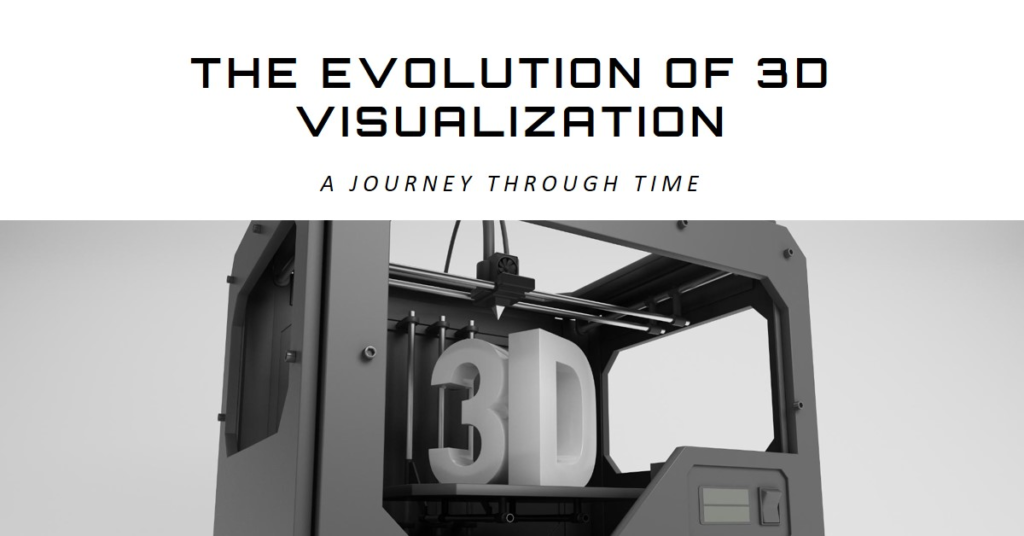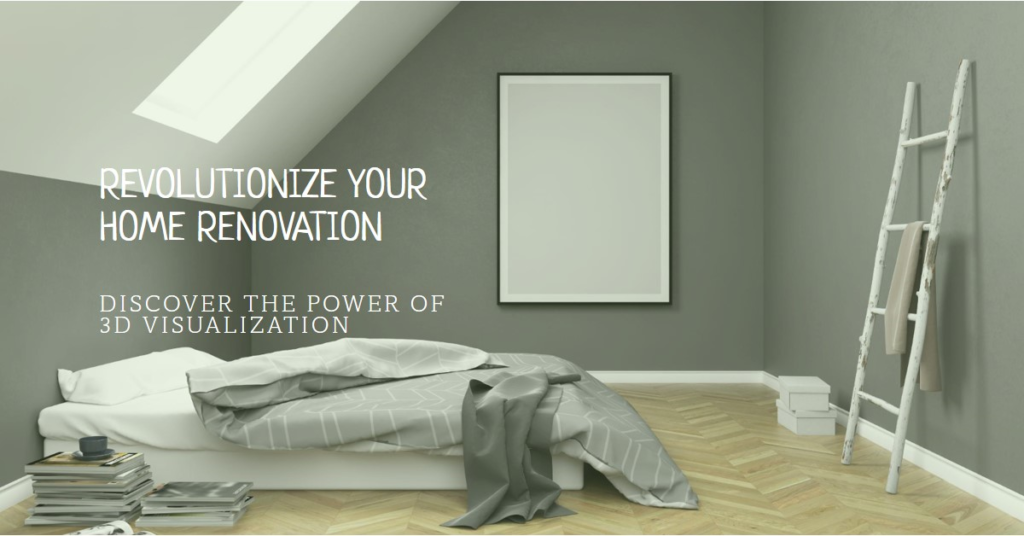
Table of Contents
1. Introduction: Tracing the Evolution of 3D Visualization
The journey of 3D visualization from its humble beginnings to its current state as a cornerstone of various industries is a testament to human ingenuity and technological advancement. In this blog post, we embark on a journey through time to explore the origins, development, and transformative impact of 3D visualization, tracing its evolution from concept to cutting-edge technology.
2. Early Beginnings: The Genesis of 3D Visualization
The roots of 3D visualization can be traced back to the early days of computer graphics in the 1960s and 1970s. Researchers and computer scientists began experimenting with primitive 3D modeling techniques, laying the groundwork for the development of more sophisticated rendering algorithms and software programs. These early pioneers paved the way for the emergence of 3D visualization as a powerful tool for creating realistic digital representations of objects and environments.
3. Rise of Computer Graphics: A Turning Point in Visualization
The rise of computer graphics in the 1980s marked a turning point in the evolution of 3D visualization. Rapid advancements in hardware and software technology made it possible to create increasingly complex and realistic 3D models and renderings. Graphics software such as AutoCAD and 3D Studio (later 3ds Max) became indispensable tools for architects, engineers, and designers, enabling them to visualize and communicate their ideas more effectively than ever before.
4. Mainstream Adoption: 3D Visualization Goes Global
By the 1990s, 3D visualization had transitioned from a niche technology to a mainstream tool used across various industries. The advent of the internet and the proliferation of digital media platforms provided new avenues for sharing and distributing 3D content to a global audience. As demand for immersive visual experiences grew, companies and individuals began investing in 3D visualization to create captivating marketing materials, interactive presentations, and engaging multimedia content.
5. The Digital Revolution: Transforming Industries with 3D Visualization
The digital revolution of the 21st century ushered in a new era of innovation and disruption, with 3D visualization playing a central role in transforming industries and reshaping the way we work, communicate, and interact with the world around us. From architecture and interior design to film and video games, 3D visualization has become an essential tool for creating compelling visual experiences that captivate and inspire audiences.
6. Advancements in Technology: Pushing the Boundaries of Possibility
Advancements in technology have been instrumental in pushing the boundaries of what is possible with 3D visualization. The introduction of powerful graphics processing units (GPUs), real-time rendering engines, and virtual reality (VR) technology has revolutionized the way we create and interact with 3D content. These technological breakthroughs have made it easier than ever for artists, designers, and developers to bring their ideas to life in stunning detail and realism.
7. Cross-Industry Applications: From Entertainment to Education
The versatility of 3D visualization has led to its widespread adoption across a wide range of industries, from entertainment and advertising to healthcare and education. In the entertainment industry, 3D visualization is used to create lifelike characters, immersive virtual worlds, and breathtaking visual effects for films, television shows, and video games. In healthcare, it is used for medical imaging, surgical planning, and patient education. In education, it is used to create interactive learning experiences that engage and inspire students.
8. Future Trends: What Lies Ahead for 3D Visualization
Looking ahead, the future of 3D visualization promises even more exciting possibilities and opportunities for innovation. As technology continues to evolve, we can expect to see advancements in areas such as real-time rendering, augmented reality (AR), and artificial intelligence (AI) that will further enhance the capabilities and impact of 3D visualization. From immersive virtual experiences to AI-generated content, the future of 3D visualization is limited only by our imagination.
9. Conclusion: The Enduring Legacy of 3D Visualization
In conclusion, the evolution of 3D visualization from its inception to its current state as a transformative technology has been nothing short of remarkable. From its humble beginnings as an experimental tool to its widespread adoption across industries, 3D visualization has revolutionized the way we create, communicate, and experience the world around us. As we look to the future, the enduring legacy of 3D visualization serves as a testament to the power of human creativity and innovation to shape the world we live in.
10. Conclusion: Embracing the Evolution of 3D Visualization


In conclusion, the evolution of 3D visualization stands as a testament to human ingenuity and creativity. From its humble beginnings to its current status as a ubiquitous technology, 3D visualization has reshaped the way we perceive and interact with digital content. By embracing its evolution and harnessing its transformative potential, we can chart a course towards a future where 3D visualization continues to enrich lives, inspire creativity, and drive innovation.


